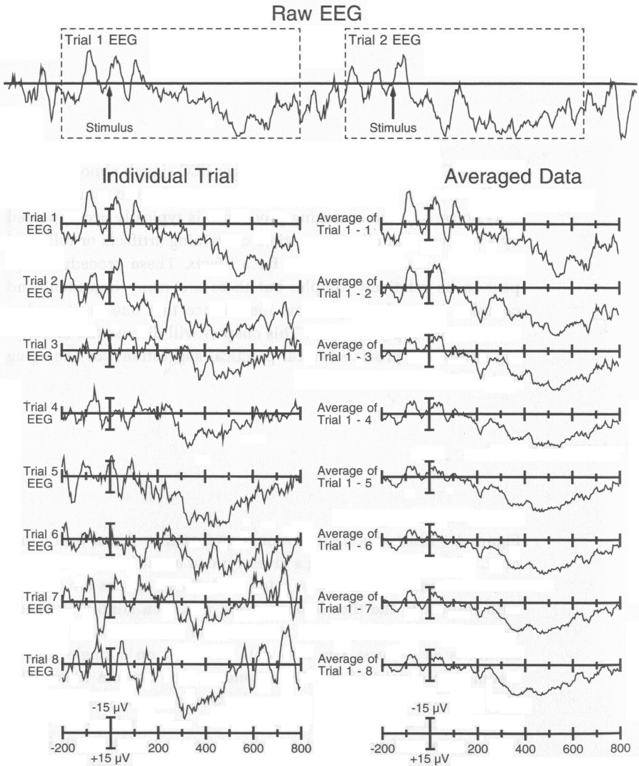If individual neurons were as intelligent as little minions, how would we know? The experimental paradigms today assume they are not, what should we change to find out?
In my previous posts I discussed a hypothesis of hierarchical adaptations, which states that neurons in our brains are much smarter than any of the theoretical neurons being traditionally considered in connectionist theories. The main idea is that neurons know when and how to adapt and that these adaptations make them super-smart – a lot smarter than connectionist theories would ever be able to account for. The metaphor goes that each neuron is like a little minion, none of them being as smart as Gru but still quite smart in a sort-of useful way. As a group they match if not outsmart Gru.
I have also described a few experiments to test whether motor neurons in spinal cord intelligently adapt and whether these adaptations are used to assist our gait—i.e., whether neural adaptations help regulate patellar reflex. For example, when we carry a heavy backpack, we may need a different vigor of patellar reflex as compared to when we walk free of any baggage.
But how about the general capabilities to generate smart behavior? How smart can they go? How do we design experiments to push the limits on what we know about neuron intelligence?
These experiments do not follow the classical “computational” approach which probes a neuron with various inputs and analyzes the statistics of the outputs. The classical approach demands that inputs are presented in random order. This is due to the fundamental assumptions of the computational approach: the variability across presentations of the same stimuli disturbs computations and therefore it must be random and hence treated as variance that needs be removed from analysis. The classical methods of finding the signal in the noise apply.
Respect the variance
The first aspect is to respect the variance of neuronal response. Whatever was treated as noise, must now be treated as the signal. The “computational”, or connectionist-driven, approach to physiological experiments removes a lot data. A lot more than half of the total variance is typically thrown in the bin (see Figure 1 illustrating how ERPs are calculated).
 Figure 1. Example computation of event-related potentials (ERPs). ERPs involved the most commonly used data-wasting technique known as averaging responses across individual trials; this is when we presume that only the external even (e.g., a stimulus shown on a computer screen) is relevant for affecting brain dynamics and everything else generate internally is noise. The figure above shows on the left raw brain responses to eight stimulus presentations. On the right, gradually more and more responses are averaged resulting in the evoked-response—a purified description of brain dynamics telling us which consistent changes the repeated stimulus evoked. The resulting average is much less variable than the original data. When similar analyses are performed with neural spiking activity, the resulting graph is called peri-stimulus time histograms (PSTH)—the most common technique for summarizing experimental results. For a cool illustration of ERPs using photographs, read this blog post.
Figure 1. Example computation of event-related potentials (ERPs). ERPs involved the most commonly used data-wasting technique known as averaging responses across individual trials; this is when we presume that only the external even (e.g., a stimulus shown on a computer screen) is relevant for affecting brain dynamics and everything else generate internally is noise. The figure above shows on the left raw brain responses to eight stimulus presentations. On the right, gradually more and more responses are averaged resulting in the evoked-response—a purified description of brain dynamics telling us which consistent changes the repeated stimulus evoked. The resulting average is much less variable than the original data. When similar analyses are performed with neural spiking activity, the resulting graph is called peri-stimulus time histograms (PSTH)—the most common technique for summarizing experimental results. For a cool illustration of ERPs using photographs, read this blog post.
In contrast, with a new idea of how the brain may work, we want to use all those data that have previously been thrown out. Essentially include all the data without treating it as variance. Rather than just applying novel analysis to the same old data from Figure 1 one therefore needs to design a completely new experiment—one with the attitude “nothing is variance” in mind. The classical block-randomized experiments have already been designed with the intention to destroy much of the signal. These experiments were not designed to allow smart neurons to demonstrate their intelligence. Principally, it is not different from averaging out all the differences in the words of the minions to find only the average of their words. If there was any smartness, it is suppressed at the roots by the experimental design itself.
Provide Context within the Experimental Design
It is known that single-cell organisms can exhibit goal-oriented behavior—much more complex than what connectionism makes us believe is the case with neural cells. For example, if you want to observe how amoeba behaves to capture its pray, check out this video. Importantly, in this video the researchers did not just present amoeba with randomized inputs and give it only the next second or two to respond. Rather, they gave amoeba an environment and a bit more time—as much time as it needs. In other words, the amoeba has a context. A smart agent needs a proper context in order to show what it is capable of.
Amoeba is not even the smartest of the single-cell organisms. Check out Stentor roeselii. Well, if amoeba and other single-cell organisms can be that smart, why would we treat pyramidal cells in our cortex as dumb as integrate-and-fire machines? Why wouldn’t a neural cell have some more intelligence to it?
So, what can we do then to liberate smart neurons? We need to create experiments that treat neurons differently—with respect. We literally need to treat them like a living being. This means that we must observe their behavior within an environment that is natural for them. A fully randomized stimulus-response paradigm is not that environment. The variance they create from trial to trial (Figure 1) is in fact a complaint that they raise. We must start listening to those complaints. We must observe what neurons do in order see what they like, and what they hate. Only when we establish an understanding of their basic needs, can we give them what they want. We know that minions like being fed bananas. But what do layer V pyramidal cells like? If anything? Essentially, we must design experiments in natural contexts. If minions were given random nonsense orders, their responses would likely be nonsense too.
In our labs, as a bare minimum, we have to give neurons some chance to demonstrate that intelligence. If they have any, the intelligence will only surface in properly designed experiments.


Neurons are not “intelligent.” They know nothing and can make no decisions. At the functional center of every neuron (every cell) is a massless, atemporal Particle that controls all cells, stores all memory and participates in consciousness. After 30-years of research, I just published a book with the title, The Atemporal Particle Theory. It provides the only answer I found to many unanswered questions and unexplained phenomena. The book is available on Amazon.com and other online book stores.
so how does a paramecium find a mate and have sex?
how does it learn?
what is the Atemporal Particle Theory? (No, I’m not gonna buy your book to find out unless you have an enticing response that doesn’t sound like handwaving)
the answer is microtubules. whats the question?
I pretty well said what the Theory is with “At the functional center of every neuron (every cell) is a massless, atemporal Particle that controls all cells, stores all memory and participates in consciousness.” Many scientists know there must be some intelligence within the cell and some offer silly explanations. Scientists must hide in their Darwinian caves, hoping the rocks will fall on their heads, rather than face the fact there is an atemporal aspect to life. The Particle I have referred to communicates with the solenoid chromatin fibers (DNA wrapped 1.65 turns around histones and coiled into a solenoid configuration with electrical characteristics and folded into chromosomes), providing information regarding cell functions, division etc. Email your address and I’ll send you a book.
Obviously neurons are more than bit states and switches. Consider a paramecium – a single cell which can swim, and food and mates, have sex, learn…using their microtubules. The Penrose-Hameroff ‘Orch OR’ theory suggests microtubules process information as quantum computers leading to consciousness. Orch OR is one of the theories in the Templeton World Charity Foundation project on theories of consciousness. The ‘neuron doctrine’ is an insult to neurons.
Thank you John and Stuart for your comments. As you too have somewhat opposing views, what do we do? Well, science has an answer to this: experimentation. And this is what my post is about. It is not about ‘truths’ that one believes in (or not), but in designing experiments that can tell us something new, something we could not have known otherwise thinking about problems of brain and mind in armchair. The next post will go even in more detail into how I think we can design informative experiments. I hope you will like it.